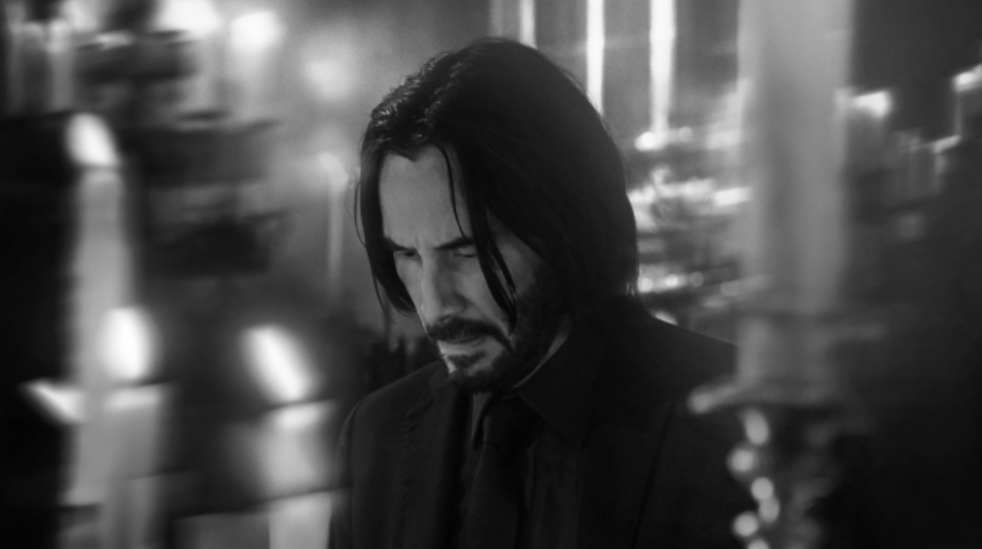Released four years after its predecessor, “John Wick: Chapter 4” continues Wick’s journey across the globe aiming to kill his way to freedom. With an open contract on him reaching past $20 million, John Wick is forced to reach out to old friends and new faces.
Keanu Reeves reprises his role as John Wick along with his underground connection, the Bowery King (Laurence Fishburne, “Boyz n the Hood”), and Winston (Ian McShane, “Deadwood”), a hotel manager at the Continental in New York. This action-packed, R-rated thriller amps up the drama while giving the same thrills as past movies in the franchise.
The movie begins in a fast-paced environment and the rest of the plot follows suit. With the introduction of new allies and a new face of the high table, Marquis Vincent de Gramont (Bill Skarsgård, “It”), character depth is seen through the characterization and relationships the players create.
Although key characters, such as hitmen Caine and the Tracker, grew with the film and became fan-favorites, the lack of female casting and strength in character development continued from past movies into this one. Akira, played by singer Rina Sawayama, is introduced early in the movie as the daughter of the manager for Japan’s Osaka Continental. Her skills and intelligence shine as she becomes a new ally of Wick, but her screen time is cut shorter than needed. With an unfulfilling ending, she exits from the scene and is never mentioned again. This character became a missed opportunity audiences wanted more from. However, the movie made up for this by creating a privileged, easily unlikeable villain and opposing him to two
morally correct hitmen.
This movie features a deeper focus on lighting, audio and cinematography than before. Fight scenes are actualized through location shooting and visually appealing layouts. Scenes contrast each other, such as the pristine, clean aesthetic of Osaka’s glass display room compared to the water-surrounded underground site of Killa’s hideout. Camera angles are also utilized, varying from aerial views, as if spectating a video game, to traditional full shots.
Color has also always been a strong cinematic element through John Wick films, and Wick’s iconic black continues to be an identifier. With scene settings balancing out the focus, each new city is accompanied by a supporting color palette. Osaka is largely illuminated in red, orange and blue colors while Berlin is focused on candle light, which also aids in transitioning the pace and mood of each scene.
One of the most critical aspects of movie fight scenes is the logic of ammunition. Many movie-goers often notice discrepancies between the amount of shots a character takes versus the available ammunition they carry. John Wick counteracts this plot hole by explaining his new gun’s maximized capacity as well as showing the moments Wick takes his victims’ guns to continue the fight.
With each new installment, the creativity in fighting grows. “Chapter 4” showcases a variety of physical altercations, ranging from hand-to-hand combat to car chases and a real-life street version of “Frogger” with the addition of pistols. With few words spoken throughout the film, especially by main character John Wick, the action and visuals take on a larger role.
Despite almost every scene being a fight sequence, the changes in location, camera angle, weapons and team-ups makes each battle distinct and more memorable. Viewing the car fight, stair scene and final duel puts all past John Wick fights to shame.
Whether a fan of past John Wick films or simply a lover of action in the realm of revenge and creative fight scenes, “John Wick: Chapter 4” is sure to excite through its hard-hitting brawls and ingenious cinematography.
Despite the plot being slightly predictable, the film’s experience beats the previous installments and secures John Wick’s name as the most infamous hitman in the realm of cinema.
